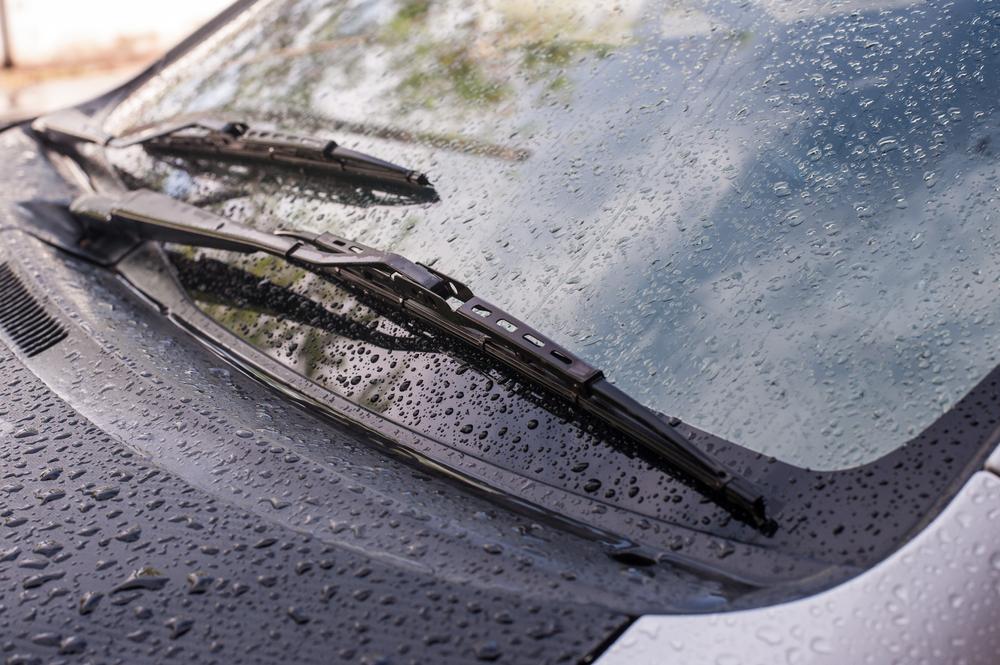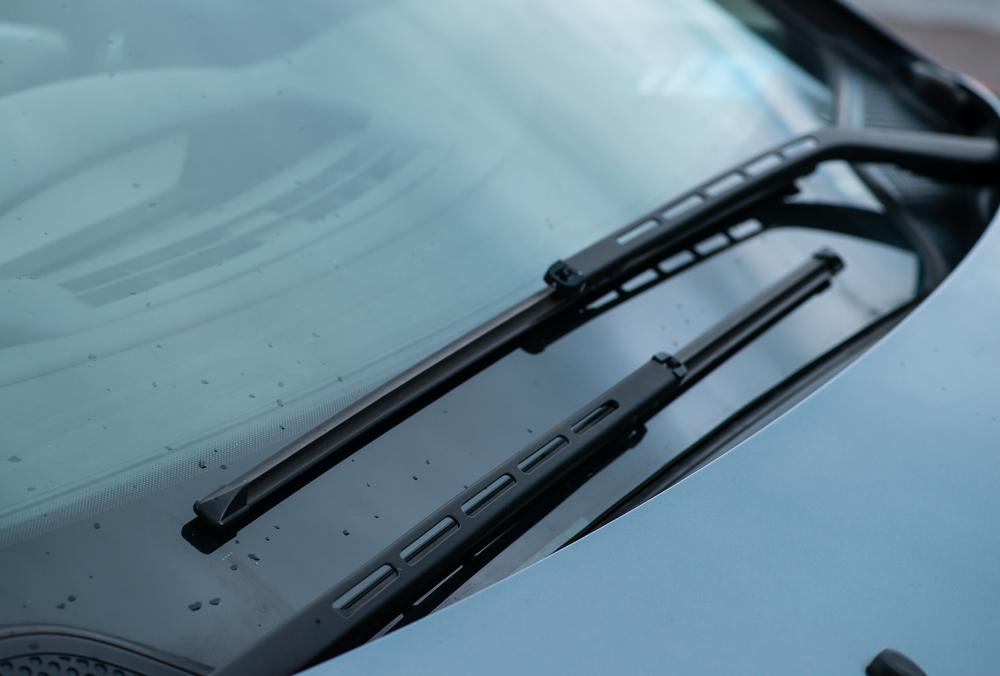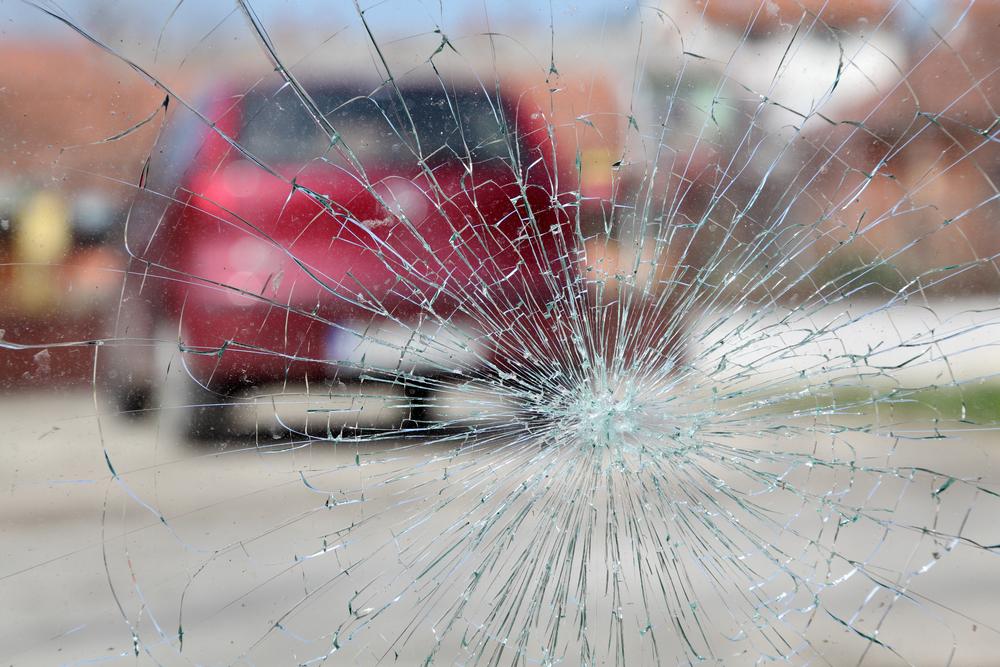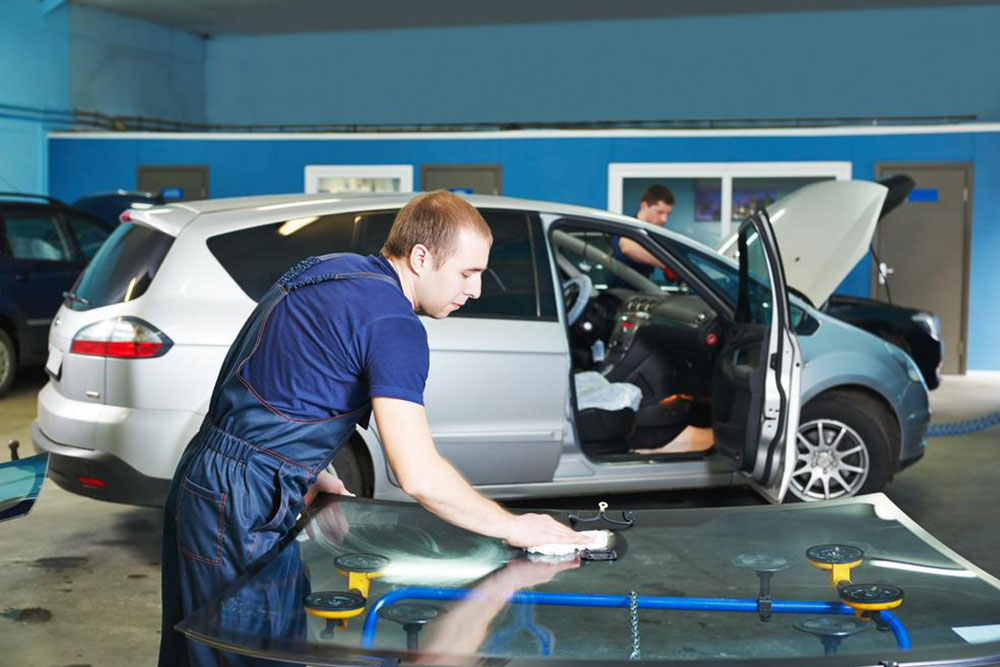Comprehensive Guide to Windshield Repair vs. Replacement: What Vehicle Owners Need to Know
Discover comprehensive insights into when to repair or replace your vehicle’s windshield. This guide covers damage assessment, safety considerations, costs, procedures, and expert advice to help vehicle owners make informed decisions. Prompt action enhances safety, reduces expenses, and maintains vehicle integrity. Learn how to evaluate damage, understand repair costs, and determine the best course of action for your specific needs to keep your driving safe and reliable.

Your vehicle’s windshield is more than just a barrier against the elements — it’s a critical safety feature designed to protect you and your passengers. When your windshield sustains damage due to accidents, flying debris like stones, or other impacts, it’s essential to assess whether repair or complete replacement is the best course of action. Choosing the correct option not only ensures your safety but also maintains the structural integrity of your vehicle and helps you avoid unnecessary expenses.
Understanding when to repair or replace your windshield can sometimes be confusing. While minor damage might seem insignificant, neglecting it can lead to more serious issues down the line. This comprehensive guide aims to shed light on crucial aspects like cost, damage assessment, safety concerns, and the procedures involved in repairing or replacing your windshield effectively.
The Importance of the Windshield in Vehicle Safety
The windshield acts as a shield against harsh weather conditions, debris, and in some cases, it contributes to the overall structural strength of your vehicle. Modern windshields are composed of laminated safety glass — two layers of glass with a plastic interlayer — designed to prevent shattering upon impact. This design helps to ensure that in case of an accident, the glass remains intact and reduces the risk of injury from flying shards.
A damaged windshield compromises this safety feature, impairing visibility and increasing the risk of further damage during driving. It’s vital to have any significant chips or cracks inspected promptly by a certified technician who can assess whether repair is feasible or if replacement is necessary. Ignoring damage can lead to the deterioration of the entire windshield, requiring more extensive and expensive repairs later.
Signs You Should Repair or Replace Your Windshield
Size of Damage: Small chips or cracks less than 6 inches in length are often repairable. However, larger cracks exceeding 12 inches usually necessitate replacement.
Location of Damage: Cracks in the driver’s line of sight, especially those crossing the central viewing area, are more likely to impair visibility and require full replacement.
Type of Damage: Rounded chips and surface-level cracks are typically repairable, whereas cracks that penetrate deeper layers of the glass or have jagged edges tend to require replacement.
Extent of Damage: Multiple small chips concentrated in one area might be repairable if the damage is sparse, but extensive damage covering large portions of the windshield usually calls for replacement.
Impact on Vehicle Safety: Any crack that affects the structural integrity of the windshield or impairs your view should be treated as urgent and addressed immediately.
Professional Evaluation of Damage
If you notice damage to your windshield, it’s crucial to seek professional evaluation without delay. Experts can use specialized tools and criteria, such as the size, type, and location of the damage, to determine whether a repair can restore the windshield’s integrity or if a full replacement is necessary.
Typically, technicians will examine the damage to decide on the best course of action. Repair experts often use resin injections to fill in chips and small cracks, restoring clarity and preventing further cracking. If the damage exceeds a certain amount or lies in critical areas, replacement becomes the safer and more effective solution.
Cost Considerations for Repair and Replacement
The costs associated with windshield repair and replacement can vary significantly based on several factors, including the make and model of your vehicle, the type of damage, and the features of your windshield.
Windshield Repair Costs
For minor damages like small chips or shallow cracks, repairs are generally affordable and quick. The average cost of windshield repair ranges from $100 to $150, making it a cost-effective solution for preserving your existing windshield. Repair typically involves injecting a clear resin into the crack or chip, which bonds to the glass and restores its strength and appearance. The entire process often takes about 30 to 45 minutes and can be performed at specialized auto shops or mobile repair units that come to your location.
Windshield Replacement Costs
Replacement costs are more variable and depend largely on the vehicle’s specifications. Basic, standard windshields without any advanced features generally cost around $325 to $500. However, for vehicles equipped with features such as rain sensors, lane departure systems, or heating elements, the costs can escalate to over $1,000. These features require precision installation and calibration, adding to the cost and complexity of replacement.
Rear windshield replacements are often less costly, typically ranging from $100 to $300, as they usually lack some of the advanced features found in the front windshield. However, it’s essential to choose a professional and reputable service provider to ensure proper installation, safety, and long-term durability.
Timing Is Critical: Why Prompt Repairs Matter
Addressing windshield damage promptly can save you money and prevent safety hazards. Small chips and cracks can quickly become larger due to temperature fluctuations, road vibrations, and stress from driving. If left unattended, what may initially seem like minor damage can evolve into extensive cracks requiring full replacement.
Moreover, many insurance policies cover windshield repairs and replacements, often with minimal or no deductible. Consulting your insurance provider early can help streamline the repair process and minimize out-of-pocket expenses. Fast action not only keeps your vehicle safer but also maintains its resale value, as a well-maintained windshield is an indicator of overall vehicular care.
The Repair Process: What to Expect
When you opt for repair, the process typically involves cleaning the damaged area, injecting a specialized resin into the crack or chip, and then curing the resin with ultraviolet light. Once cured, the technician polishes the area to restore clarity and smoothness. This process generally takes less than an hour, allowing you to get back on the road quickly.
Replacement procedures involve removing the damaged windshield, cleaning the pinchweld (the area where the windshield seats), and installing a new windshield with precise calibration, especially if your vehicle has aids like sensors or cameras. The new glass is then sealed and, if necessary, recalibrated to ensure all safety systems function correctly. The overall process can take a few hours, including setting and curing times.
Making the Right Decision: Repair or Replace?
Deciding whether to repair or replace your windshield hinges on multiple factors, including damage severity, safety considerations, costs, and vehicle usage. Consulting with certified auto glass technicians is crucial—they can evaluate your specific situation and recommend the safest, most economical solution.
In general, repair is advisable for small, shallow damages in less critical areas, provided it won’t impair visibility or compromise safety. Replacement is usually necessary for large cracks, extensive damage, or any impact that affects the structural stability or safety of the vehicle. Remember, timely decisions can prevent further deterioration and costly repairs in the future.
Conclusion: Prioritizing Safety and Cost Efficiency
Your vehicle’s windshield plays a crucial role in ensuring safety while driving. Recognizing the signs of damage and seeking professional assessment promptly can save lives, prevent accidents, and reduce vehicle repair costs. Whether opting for a quick repair or a full replacement, prioritizing safety is essential. Always choose certified professionals to carry out repairs or replacements, ensuring the work meets safety standards and regulatory requirements.
By understanding the nuances of windshield repair and replacement, you can make informed decisions that enhance your driving safety and protect your investment. Keep an eye on your windshield’s condition, address issues promptly, and drive with confidence knowing your safety features are fully functional.





